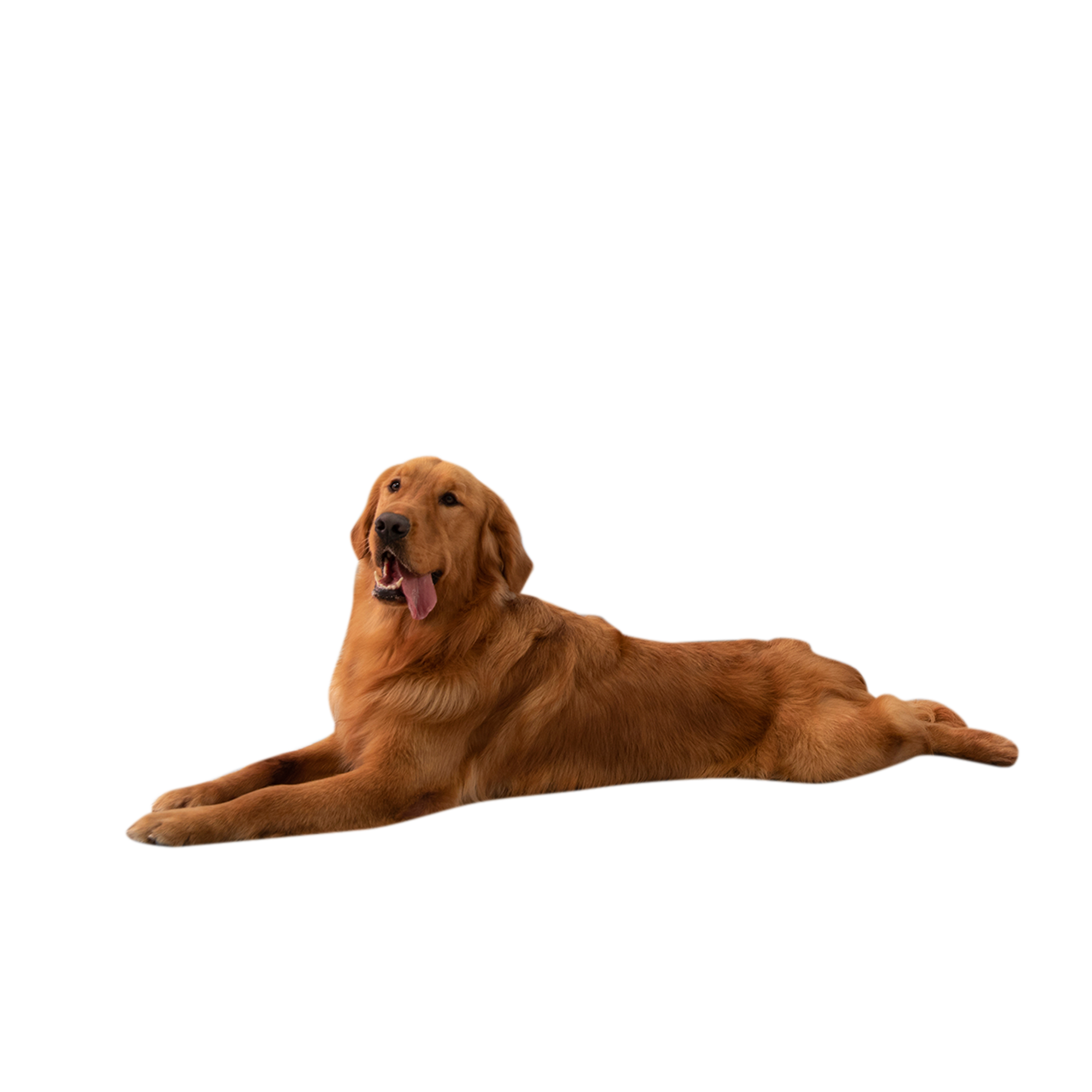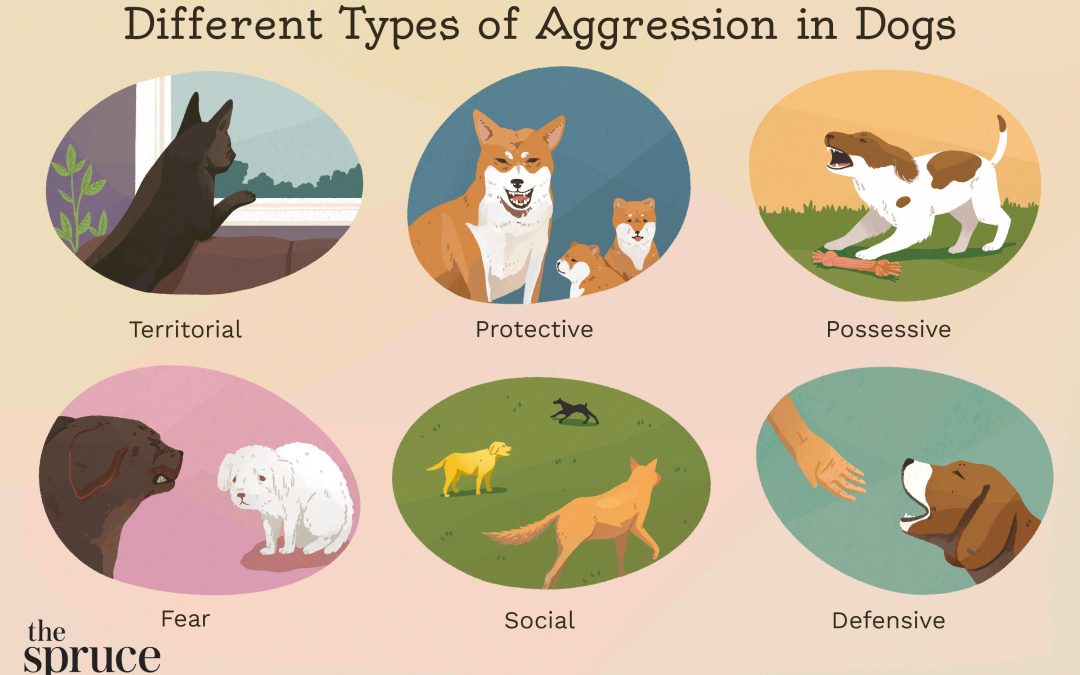To manage aggressive behavior in dogs, employ consistent training and ensure their needs are met. Early socialization and positive reinforcement techniques are crucial.
Managing aggressive behavior in dogs is essential for both the safety of the pet and the community. Aggression can stem from fear, territoriality, or lack of proper training and socialization. Owners must understand the triggers that cause their dog’s aggression to address it effectively.
A combination of training methods, including behavior modification and obedience training, often helps in managing aggression. Engaging a professional dog trainer or behavioral specialist can also provide tailored strategies. A well-rounded approach to managing aggressive behavior includes exercise, mental stimulation, and setting clear boundaries, ensuring a harmonious relationship between dogs and their owners.
Always approach aggression issues with patience, consistency, and a commitment to understanding your dog’s perspective.

Credit: www.animalhumanesociety.org
Recognizing Aggressive Dog Behavior
Understanding your dog’s behavior is crucial for a safe environment. Aggressive dog behavior often frightens owners. Knowing signs of aggression helps manage them better. Look for growling, baring teeth, and stiff body posture. These signals suggest your dog feels threatened or defensive.
Common triggers include protecting territory, fear, pain, and even dominance issues. Loud noises or sudden movements might provoke aggression. Carefully notice what causes your dog’s aggressive acts. It helps you prevent or control future occurrences.

Credit: www.amazon.com
Causes Behind Aggression
Aggressive behavior in dogs can stem from various causes. Genetic predisposition is one of the main factors. Certain breeds may be more prone to aggression. It is important to understand a dog’s lineage. Families of aggressive dogs may pass down these traits. Another pivotal cause is environmental factors.
Dogs that experience stressful or negative environments might develop aggression. This can include poor living conditions or abusive situations. Careful attention is necessary to prevent such stress. Finally, lack of socialization plays a critical role. Dogs not exposed to different people, pets, and situations may become aggressive. Early social encounters help dogs learn friendly behavior. Responsible dog ownership involves proper socialization techniques.
Prevention Strategies
Early socialization is key to preventing aggressive dog behavior. Introduce your dog to new people, dogs, and situations slowly. Start this process from puppyhood for the best results. The goal is to make them feel safe and comfortable with various experiences.
Proper training involves consistent, positive reinforcement techniques. Use rewards to encourage good behavior. Avoid punishment that may increase fear or aggression. Instead, focus on teaching commands that help manage situations, like ‘sit’ and ‘stay’.
Creating a safe environment means removing stress triggers from your dog’s life. Ensure your pet has its own space, like a kennel or bed, where it can retreat and feel secure. Monitor interactions with strangers or other animals closely, always ready to intervene gently if needed.
Training Techniques For Aggressive Dogs
Training aggressive dogs can be challenging. Positive reinforcement is key. This involves rewarding good behavior. Treats, praise, and toys work well. Dogs learn that calmness brings good things.
Desensitization and counter-conditioning are powerful. They help dogs feel safe around triggers. Slowly introduce the trigger at a low level. Pair with something positive. Repeat to build positive associations.
Safe handling practices protect everyone involved. Handlers must stay calm and assertive. Use tools like muzzles and leashes if needed. Never face an aggressive dog alone. Always have a safety plan.
Building Trust And Bonding
Managing aggressive behavior in dogs requires trust and bonding. Regular exercise is key. It helps dogs burn off pent-up energy and reduces aggression. Consistent daily routines give dogs structure, making them feel secure.
Understanding their body language is also crucial. Dogs communicate fear, anxiety, and aggression in many ways. Tail position, ear movement, and eye contact provide insight into their emotions. Recognizing these signs can prevent aggressive outbursts.
Intervening In Aggressive Episodes
Encounter a dog showing aggressive behavior? First, ensure everyone’s safety. Quick separation from potential targets is vital. Create a barrier or a closed space between the dog and others.
Try to calm the situation with distractions. Toys, treats, or moving to a different environment might help. Always remain calm and composed, as dogs sense anxiety.
If these strategies fail, professional help is crucial. An expert can identify triggers and develop a tailored plan. Enlist a certified animal behaviorist or a veterinarian experienced in dog aggression.
Dealing With Specific Aggression Types
Managing aggressive behavior in dogs requires understanding different triggers. Food aggression involves dogs being protective over their food. To address this, never approach a dog while they’re eating. Instead, train them by offering treats away from their bowl. Over time, they may learn to trust.
Territorial behavior is a common issue among dogs. Dogs often bark or growl to protect their space. Consistent training and socialization can help. Introduce your dog to new people and pets slowly. Always reward calm behavior.
For fear-based reactions, it’s vital to notice what scares your dog. Don’t force your dog into frightening situations. Create a safe space for them and use positive reinforcement. Gradually expose them to their fears with treats and praise to build confidence.
Long-term Management And Considerations
Ongoing training is crucial for dogs with aggressive behaviors. Regular practice with commands helps build trust and assert control. Positive reinforcement techniques work best. Rewards for good behavior are a must. This encourages dogs to repeat those actions.
Adapting your lifestyle to suit your dog’s needs can lead to better management of aggression. Create a consistent routine to avoid stress for your pet. Safe spaces in your home give your dog a calm area to retreat to.
Monitoring progress is a key step in dealing with aggression. Keep a log of your dog’s behavior to track improvements or setbacks. Share this with a professional if needed. Celebrate small victories to stay motivated in this journey.

Credit: shop.shakeandco.com
Frequently Asked Questions
How Should I Correct My Dog’s Aggressive Behavior?
Consult a professional dog trainer for specialized guidance. Employ positive reinforcement techniques. Avoid punishing or physically correcting your dog. Ensure consistent, structured training sessions. Socialize your dog carefully to prevent fear-based aggression.
Can Dog On Dog Aggression Be Cured?
Dog-on-dog aggression can often be managed and reduced through behavior modification techniques, consistent training, and sometimes professional help from a certified dog trainer or behaviorist. The cure is not guaranteed, as success depends on individual circumstances and commitment to treatment strategies.
Can You Train Aggression Out Of A Dog?
Yes, with consistent training and professional guidance, you can modify a dog’s aggressive behavior. Positive reinforcement and behavior modification techniques are typically effective.
How Do You Calm Down An Aggressive Dog?
To calm an aggressive dog, remain calm and avoid eye contact. Speak softly and give the dog space. Gradually move away without turning your back, and distract the dog with toys if possible. Always approach with caution and respect the dog’s personal space.
Conclusion
Taming a dog’s aggressive behavior requires patience and consistency. Start with understanding the root causes and triggers. Employ positive reinforcement techniques, and set clear boundaries. Remember to stay calm and assertive. For more complex cases, professional help is key. By following these steps, you can nurture a peaceful, happy bond with your furry friend.

Hello, I’m Ethan Mitchell. My passion is dog training and behavior enthusiasts. With years of experience working with various breeds, my goal at Dog Advisor Pro is to help dog owners build strong, loving relationships with their furry friends through effective training techniques. Understanding a dog’s behavior is the key to harmonious companionship. I am dedicated to sharing practical training tips that improve the lives of dogs and their owners.


